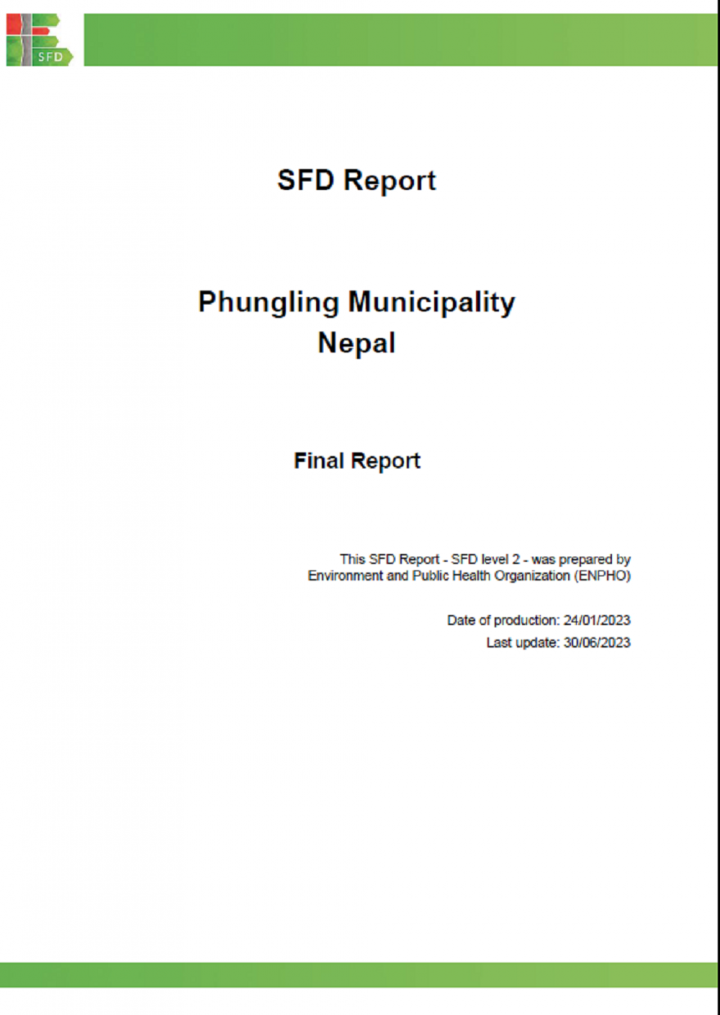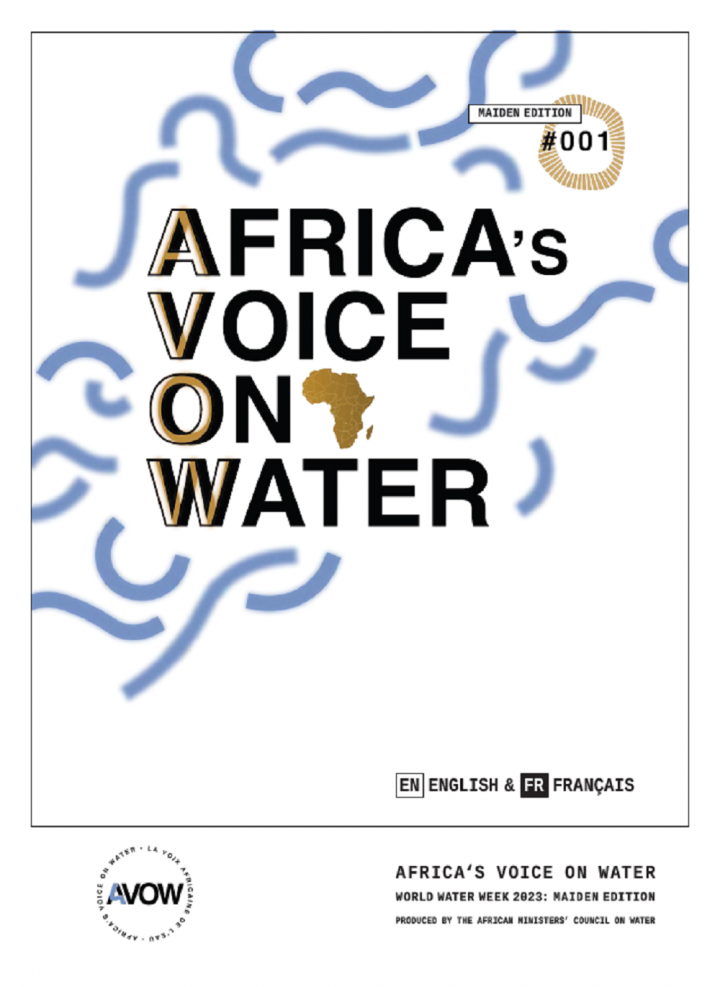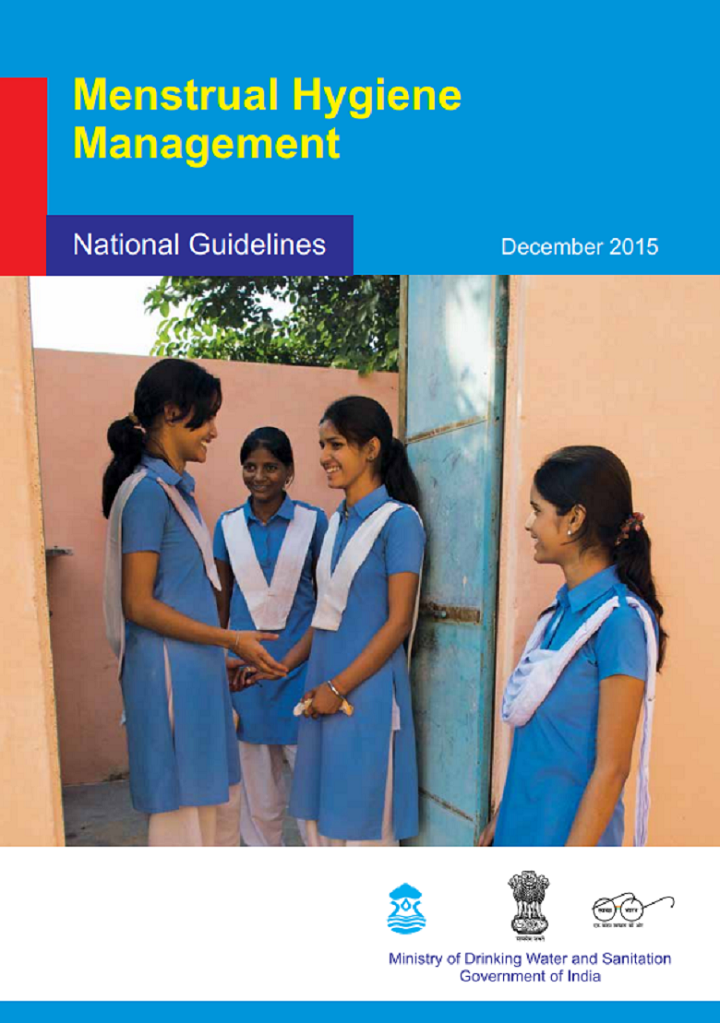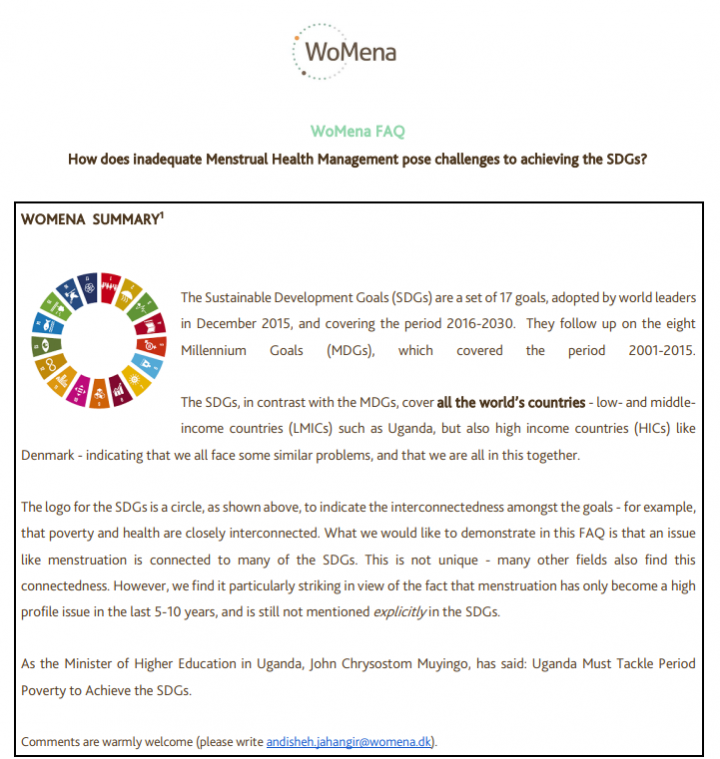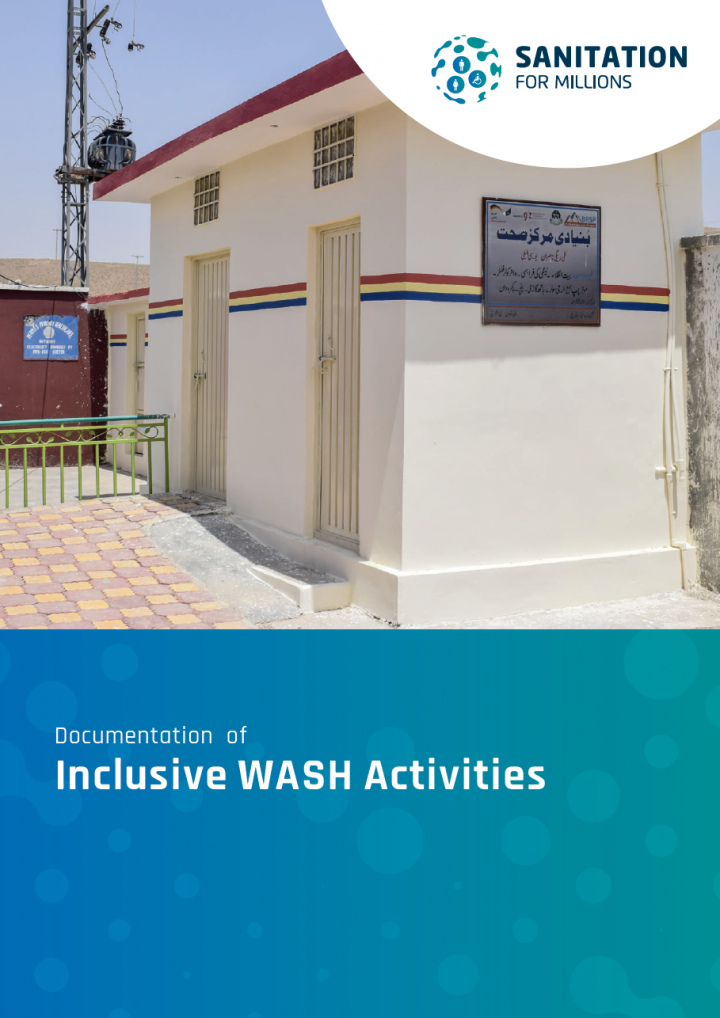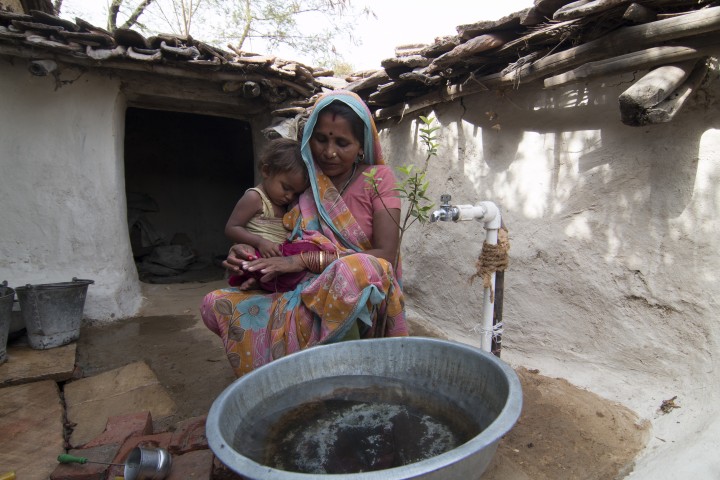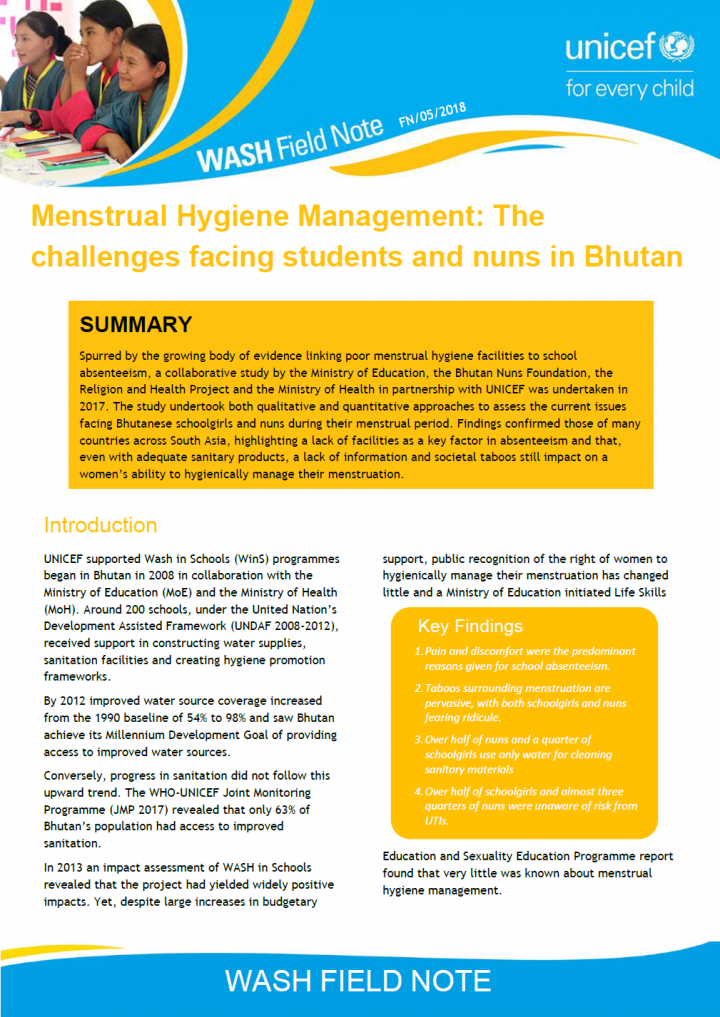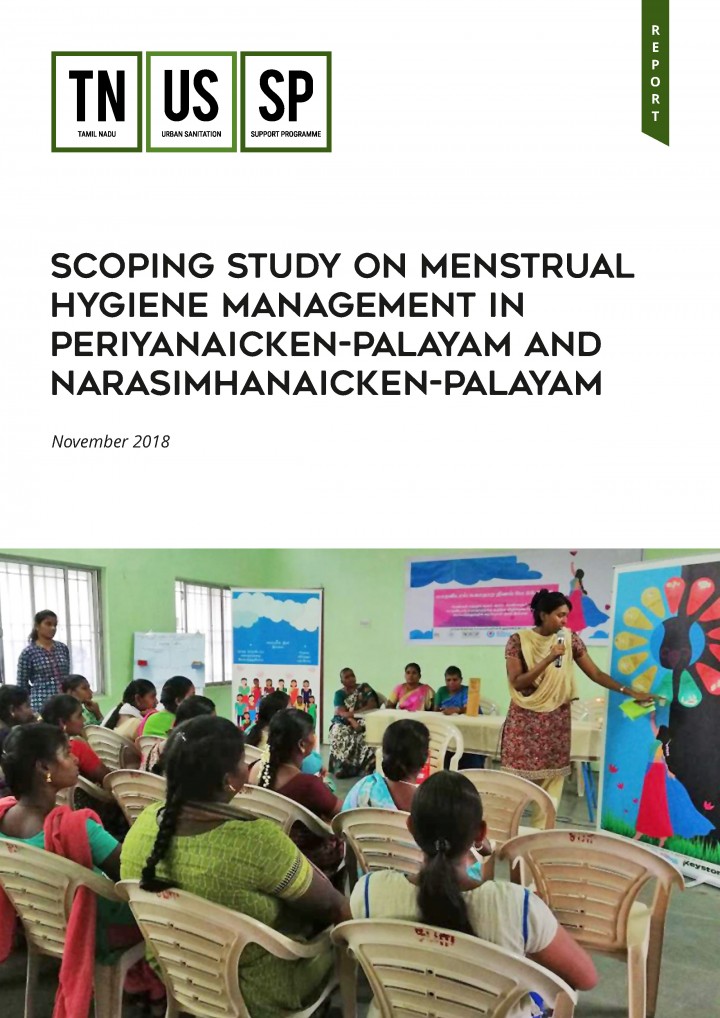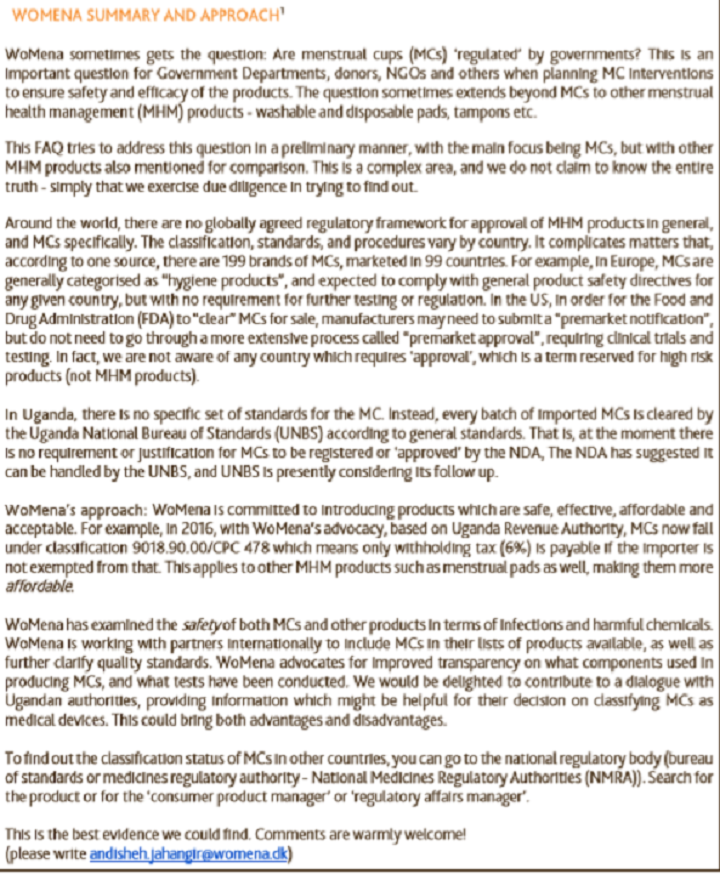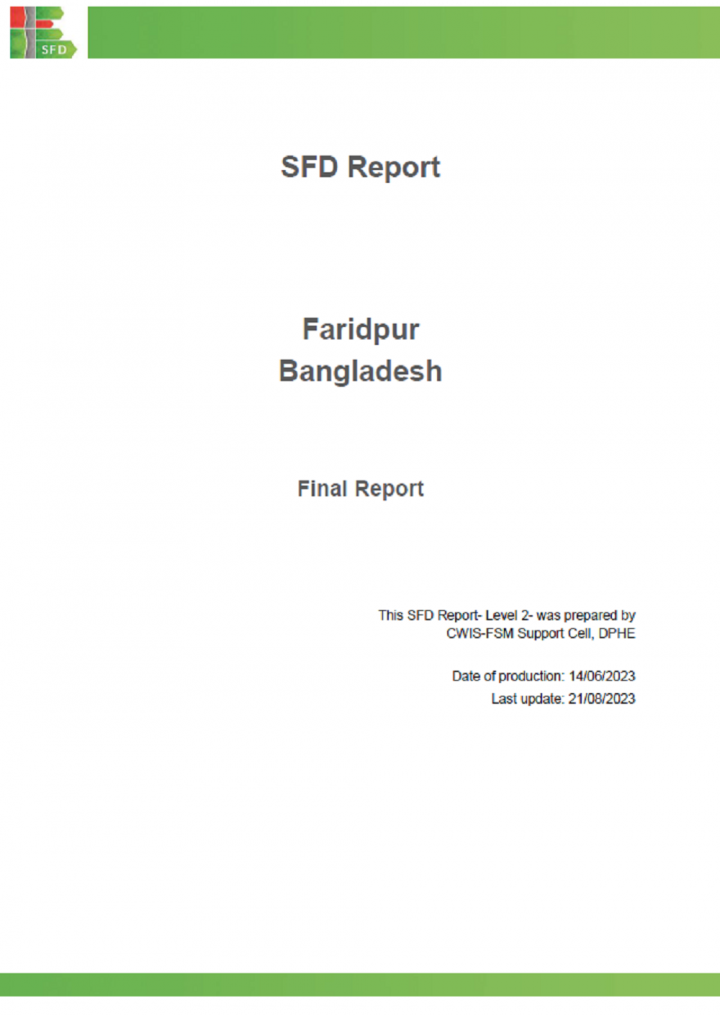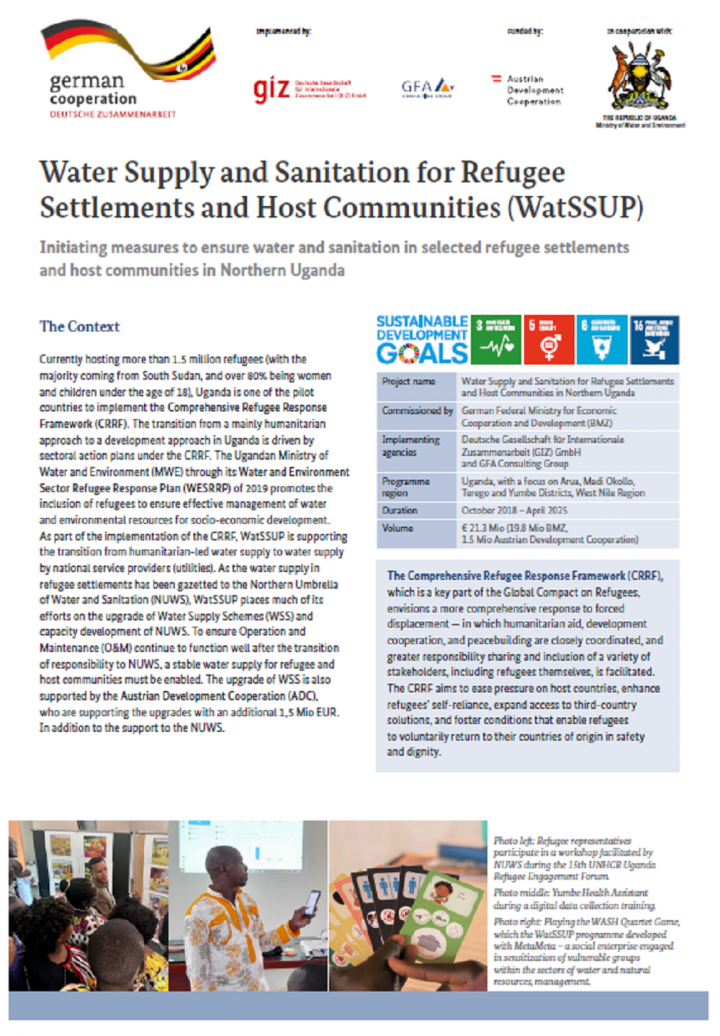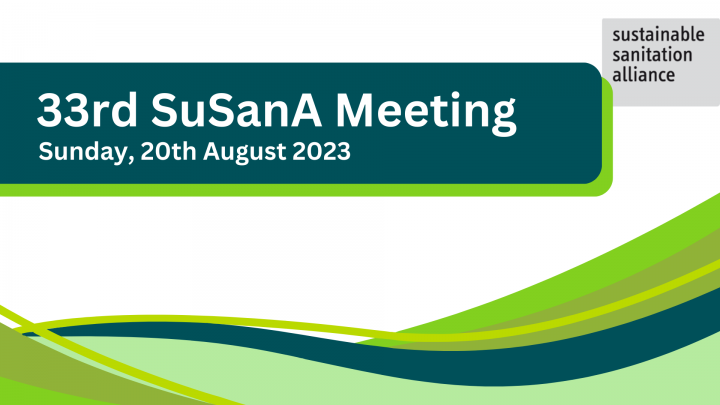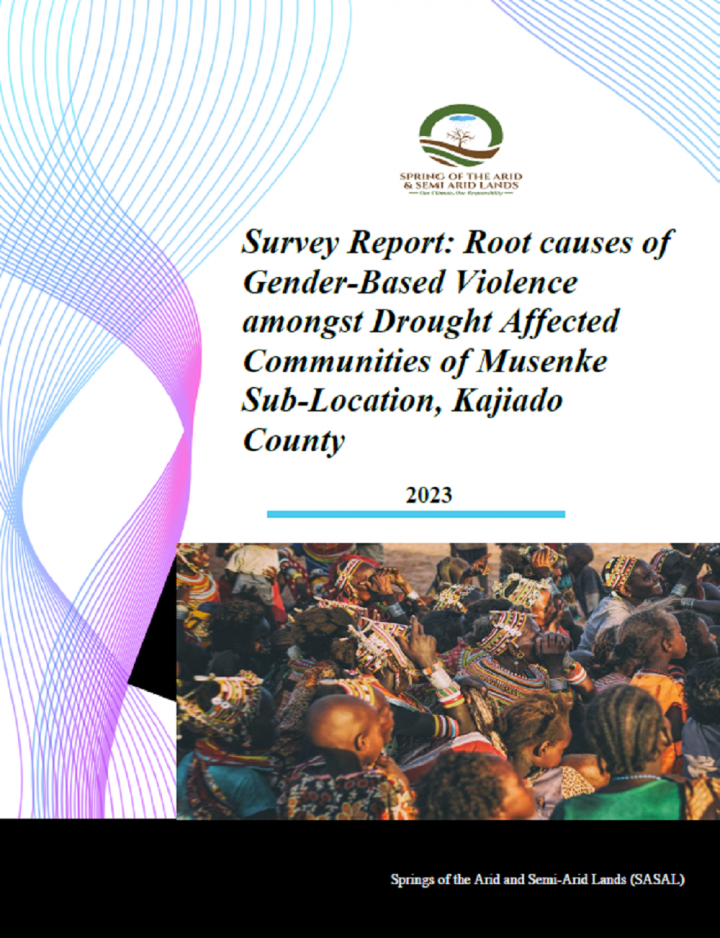Searching for information on Sanitation Workers?
The Sanitation Workers Knowledge + Learning Hub is the best source for all current news, trends, articles and updates on sanitation workers rights around the world.
Phungling Municipality is in the Taplejung District of Koshi Province of Nepal and is the only municipality of this district. The total area of the municipality is 125.57 square kilometres which is divided in 11 wards (Phungling, 2023).
The total population of the municipality is 28,786, with male and female population percentage of 49.2% and 50.8%, respectively. In Phungling Municipality, 7,306 …
Parsagadhi Municipality was established in 2016. The municipality is located in Parsa District, Madhesh Province. The municipality is divided into nine political wards.he municipality has a total population of 41,569 with 21,011 males and 20,558 females (Census 2021, n.d.). Out of total wards, ward number 3 has the largest population (7,221) while ward number 9 has the least number of populations …
Gaur Municipality is in Nepal’s southern Terai area. The municipality was formed in April 1992 by merging Gaur, Tikuliya, Purenywa, Sirshiya and Swagadha Village Development Committees (VDCs). The municipality is divided into nine political ward boundaries. According to the census 2021, the municipality has a total population of 39,846 and there are 7,235 households with an annual growth rate …
Finally, Africa‘s Voice on Water (AVOW) magazine is here. AVOW is an initiative brought to you by the African Ministers‘ Council on Water (AMCOW) as a platform to amplify the collective voice of Africa‘ s water and sanitation sector. Join for a journey through the triumphs, challenges, and innovations that shape Africa‘s water and sanitation landscape.
AMCOW wants to demonstrate its …
Approximately 25% of the world population are females aged 15 - 49. Ensuring that women and young girls are able to address and manage their menstruation in a safe and hygienic manner is of utmost importance for public health and safe hygiene. However, the prevailing lack of awareness, persistent tabooization of the topic, socio-cultural beliefs and traditional hygiene practices, as well as …
Menstruation is a natural, normal biological process experienced by all adolescent girls and women, yet it is not spoken about openly causing unnecessary embarrassment and shame. India’s 113 million adolescent girls are particularly vulnerable at the onset of menarche. At this time they need a safe environment that offers protection and guidance to ensure their basic health, well-being and …
Menstrual poverty, also called period poverty, is understood as the range of interconnected deprivation menstruators face. But which factors play a role and what can the WASH sector do to tackle menstrual poverty? Examples from a Yazidi IDP camp in the Kurdistan Region of Iraq illustrate why the time for action is now.
WoMena SUMMARY [1]
There is a growing understanding that gender-based violence (GBV) has many dimensions, both physical and psychological. It additionally includes both a deliberate deprival of dignity and access to basic services. This also applies to menstrual health management (MHM):
Physical violence: menstrual products can be expensive; this at times causes conflict since men are often …
Menstruation is connected to many of the Sustainable Development Goals (SDGs). This is not unique – many other fields also find this connectedness. However, we find it particularly striking in view of the fact that menstruation has only become a high profile issue in the last 5-10 years, and is still not mentioned explicitly in the SDGs.
WoMena Uganda conducted a rapid assessment in collaboration with WoMena’s Knowledge Management team in six districts in Uganda to understand the impact of the COVID-19 pandemic on menstruating girls and women. The infographic shows the assessment’s preliminary findings on menstruation status and practices, gender-based violence (GBV), water, sanitation and hygiene (WASH) status, accessibility …
‘Leave no one behind’ is at the core of the Sustainable Development Goals (SDGs). Leave no one behind means for Sanitation for Millions that everyone, in any inhabited place, has access to a safely managed sanitation facilities and/or safe (hand-) hygiene, and thus can fulfil his/her WASH needs adequately and with dignity. Yet, as per WHO and UNICEF still more than 4.2 billion people suffer …
The COVID-19 pandemic has affected women more than men in several ways, according to studies. They have had to take care of patients while coping with lock-downs that have restricted access to daily necessities and basic services, including water, sanitation and hygiene. At the same time, however, women have shown great strength and leader-ship in managing the uncertainties and challenges …
Spurred by the growing body of evidence linking poor menstrual hygiene facilities to school absenteeism, a collaborative study by the Ministry of Education, the Bhutan Nuns Foundation, the Religion and Health Project and the Ministry of Health in partnership with UNICEF was undertaken in 2017. The study undertook both qualitative and quantitative approaches to assess the current issues facing …
In peri-urban areas and small and medium towns, several studies have found women have problems finding safe and convenient toilets and drinking water. The toilets provided in resettlement colonies and tenements are often inadequate, unsafe and in poor condition. One of the main reasons for bad water and sanitation facilities in these resettlement areas is that women are usually not part of the …
Improper disposal of menstrual waste is a noteworthy challenge when it comes to Menstrual Hygiene Management (MHM). Polymeric sanitary napkins, which have largely replaced cloth napkins, are made of material that is non-biodegradable, leading to the accumulation of used napkins in landfills. Accumulated menstrual waste can be hazardous because menstrual blood on napkins stagnates for a long time …
WoMena Summary and Approach
WoMena sometimes gets the question: Are menstrual cups (MCs) ‘regulated’ by governments? This is an important question for Government Departments, donors, NGOs and others when planning MC interventions to ensure safety and efficacy of the products. The question sometimes extends beyond MCs to other menstrual health management (MHM) products – washable and …
Faridpur Municipality is a fast-growing city, which is 116 km away from the Dhaka city. It is beside the Padma River and it is well connected with road, water, and railways. It is one of the oldest towns and was declared ‘A’ class Municipality in 1986. Faridpur is one of the 53 district level municipalities in the country. The present (2020) population is estimated to be around 163,700. …
Jhenaidah is a fast-growing city, which is 174 km away from the Dhaka city. It is beside the Naboganga River and it is well connected with road and water. It is one of the oldest towns in the sub-continent and was declared municipality in 1958. Jhenaidah is one of the 53 district level municipality in the country. According to the population census in 2011 by the Bangladesh Bureau of Statistics …
This factsheet gives an overview of the Water Supply and Sanitation for Refugees and Host Communities (WatSSUP) Programme, implemented by GIZ, which is funded by the German Government through the Federal Ministry of Economic Cooperation and Development (BMZ).
In this resource you can find context of the project and synthesised results like Strengthening of Institutions, Capacity Development …
The 33nd SuSanA meeting took place on 20th August 2023. It was organised by the SuSana Secretariat with support and contributions from the Global Steering Commitee, SuSanA Partners, Members, Working Groups, Regional Chapters and many more.
This entry is the collection point of the different resources from the SuSanA Meeting, including recordings, presentations and program overview.
We once …
Handwashing Facilities - Overview and Decision Support Tool with Case Studies from Uganda
The objectives of this publication are twofold. The first objective is to give an overview of common types of handwashing facilities with a number of key aspects that need to be considered during the planning stage. Focus is placed on handwashing facilities that are generally suitable for installation at …
The 32nd SuSanA meeting - the third time online - took place on 22nd August 2022. It was organised by the SuSana Secretariat with support and contributions from SuSanA Partners, Members, Working Groups, Regional Chapters and many more.
This entry is the collection point of the different resources from the SuSanA Meeting, including recordings, presentations and program overview.
We once …
This study was conducted in the pastoral community of Musenke Sub-Location in Kajiado County (Kenya).
The purpose of this study was to carefully identify root causes of gender-based violence (GBV) and closely associated themes, the extent of harm and level of response. Additionally, the study aimed to understand the community’s cultural practices, economic status and willingness to accept and …

